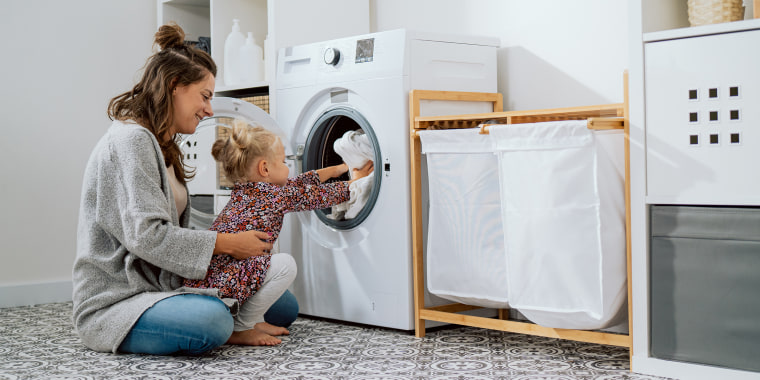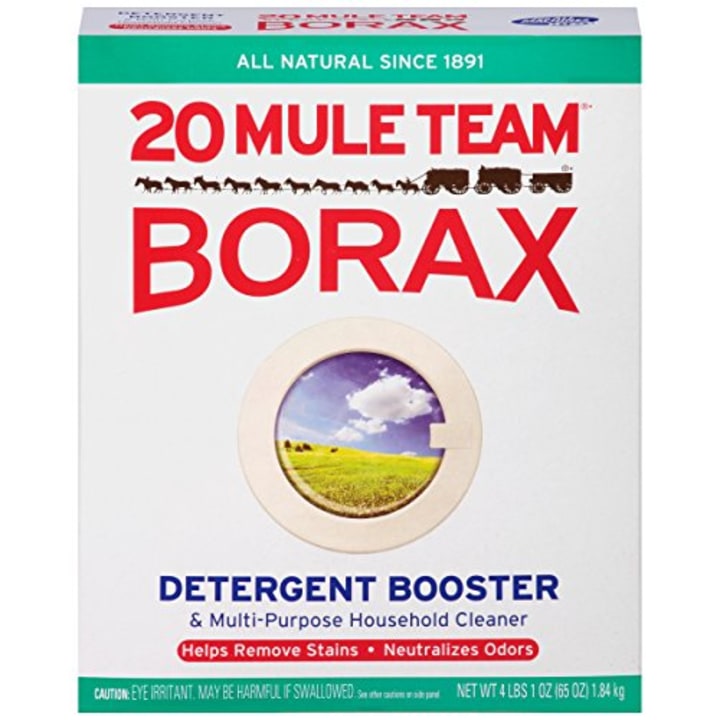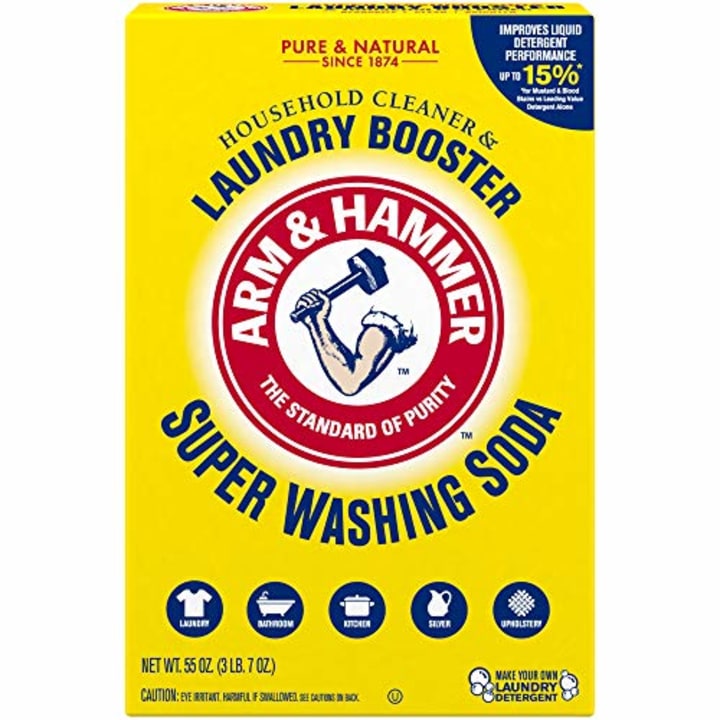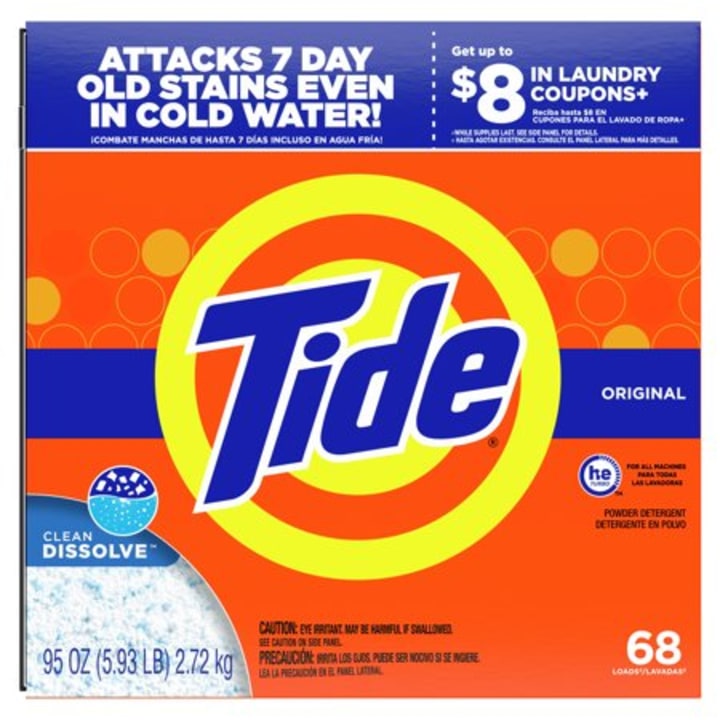What is it? | Recipe | FAQs | Meet the expert
You might recognize the phrase "laundry stripping" from its time trending on TikTok in recent years. Videos of people soaking workout clothes and towels in the tub only to be faced with murky, dirty water in mere minutes quickly garnered millions of views. But does the viral deep cleaning trend actually work as an effective alternative to washing your clothes the old-fashioned way?
To get the run down on laundry stripping, Shop TODAY spoke to Jessica Ek, director of communications at the American Cleaning Institute, about what laundry stripping is, how to do it properly and whether or not you should do it at all.
What is laundry stripping?
"Laundry stripping is the process of removing built-up residue," Ek explains. Built-up residue can occur from having hard water, using too much laundry detergent or fabric softener or years of grime build-up, she tells us.
If you choose to strip your laundry, it would replace a regular wash cycle on that day, but Ek advises against doing it on a regular basis. She calls it a "harsh way to do laundry," so her advice is to do it as rarely as you can. If you have hard water, she says doing it once or twice a year might be beneficial.
"It can be really helpful, [but] it's not always necessary. If you're doing your laundry on a regular basis, you shouldn't have that build-up to begin with if you're doing it properly," she notes.
Laundry stripping recipe
The recipe for laundry stripping only has three ingredients: borax, washing soda and powdered laundry detergent. These ingredients are used in a 1:1:2 ratio, so 1/4 cup of Borax, 1/4 cup of washing soda and 1/2 cup of laundry detergent.
20 Mule Team Borax Detergent Booster
Borax removes hard water deposits, dirt and tough stains. It even deodorizes and freshens your laundry. You can also use it on countertops and appliances to tackle grease and grime.
Arm & Hammer Super Washing Soda
Ek has seen some laundry stripping mixture recipes that call for baking soda instead of washing soda. While both options work, washing soda is the better choice because it's a more alkaline solution that is intended for washing, she told us.
Tide Powder Laundry Detergent
While you may be tempted to use liquid laundry detergent, Ek recommends sticking with powder because, since liquid detergents vary in concentration, it can be hard to determine whether you're getting the right ratios each time.
Meet the expert
- Jessica Ek is the senior director of digital communications at the American Cleaning Institute. She’s previously spoken with Shop TODAY about why you shouldn’t be using dryer sheets, how to clean puffer jackets and how to wash baseball hats.




